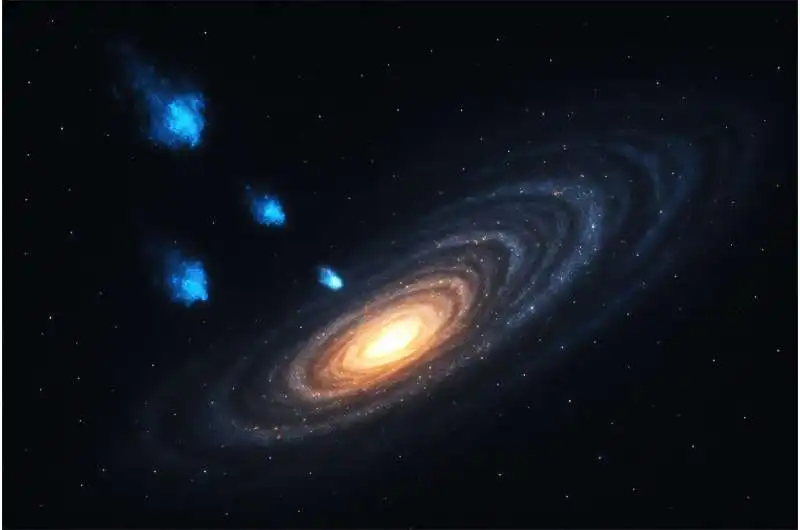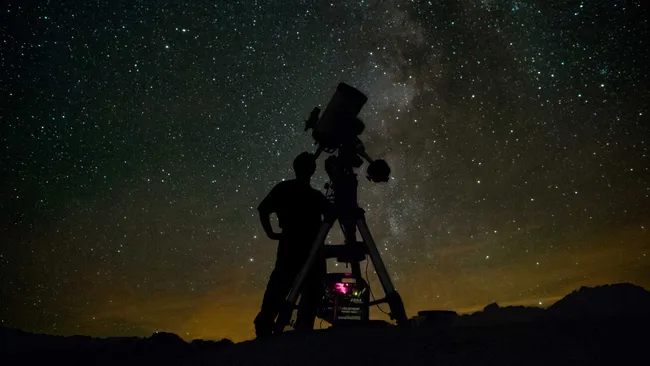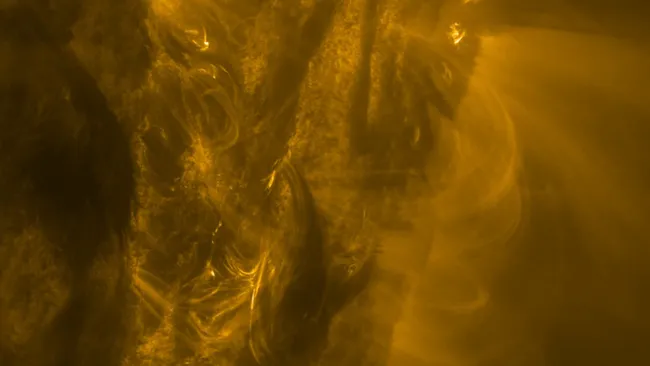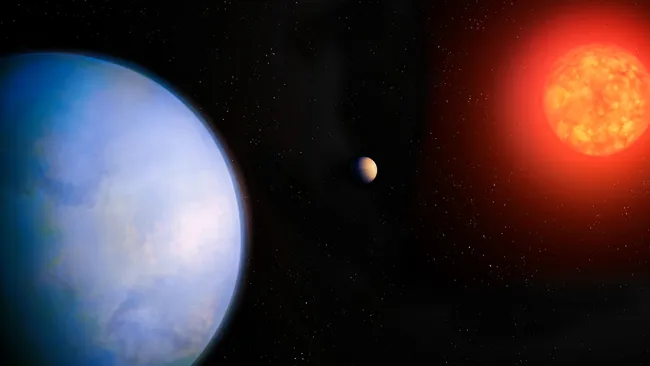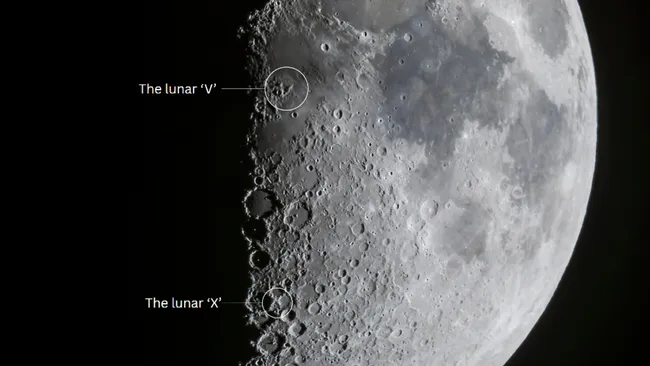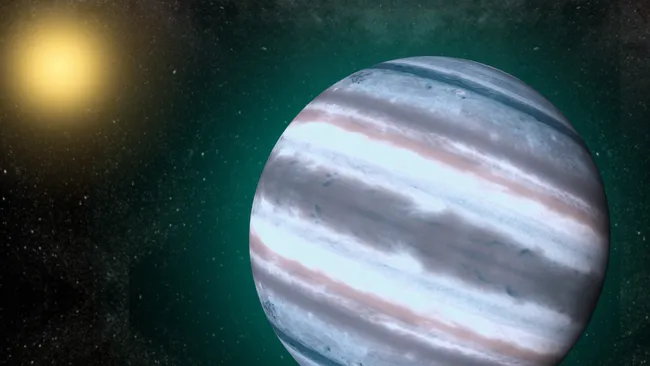A groundbreaking study of the Southern Pinwheel Galaxy (M83) has revealed the presence of 10 high-velocity molecular gas clouds that move at speeds drastically different from the galaxy’s general rotation. This suggests that these gas clouds—key ingredients in star formation—are likely flowing into M83 from outside the galaxy.
The discovery comes from a molecular gas survey using the Atacama Large Millimeter/submillimeter Array (ALMA) Telescope, led by Professor Jin Koda of Stony Brook University, in collaboration with Maki Nagata and Fumi Egusa from the University of Tokyo, along with an international team of astrophysicists. Their findings are published in The Astrophysical Journal.
Why It Matters
Galaxies evolve by converting gas into stars. However, existing gas supplies would be depleted in about 1 billion years without new inflows. This makes external gas accretion essential to sustaining star formation—and, by extension, galaxy evolution. M83’s newly discovered high-velocity clouds offer strong evidence of such a mechanism.
“This galaxy resembles our own Milky Way, so what we learn here could help us understand how our own galaxy evolves,” said Professor Koda.
What the Researchers Found
“We analyzed highly sensitive molecular gas emission lines from ALMA,” said Maki Nagata, a graduate student at the University of Tokyo. “This led to the discovery of 10 high-velocity clouds composed of molecular gas—something that’s quite rare.”
Most of these clouds don’t correspond with any known supernova remnants, making their origin even more intriguing.
Two main scenarios have been proposed:
- External Accretion – the clouds are molecular gas falling into M83 from intergalactic space.
- Fallback Gas – gas expelled by past supernovae within the galaxy, later falling back due to gravity.
But even the fallback theory has limits. “The kinetic energy of these clouds is too high to be explained by a single supernova event,” Koda explained. This makes external accretion the more likely origin.
“These results suggest that many of the observed high-velocity clouds are entering M83 from beyond,” Nagata emphasized.
First of Its Kind
This study is the first systematic investigation of high-velocity molecular clouds in nearby galaxies, and it opens a new window into understanding the long-term evolution of galaxies like M83 and the Milky Way.
The team plans to continue this research by studying how such molecular gas forms and behaves outside galactic environments.

